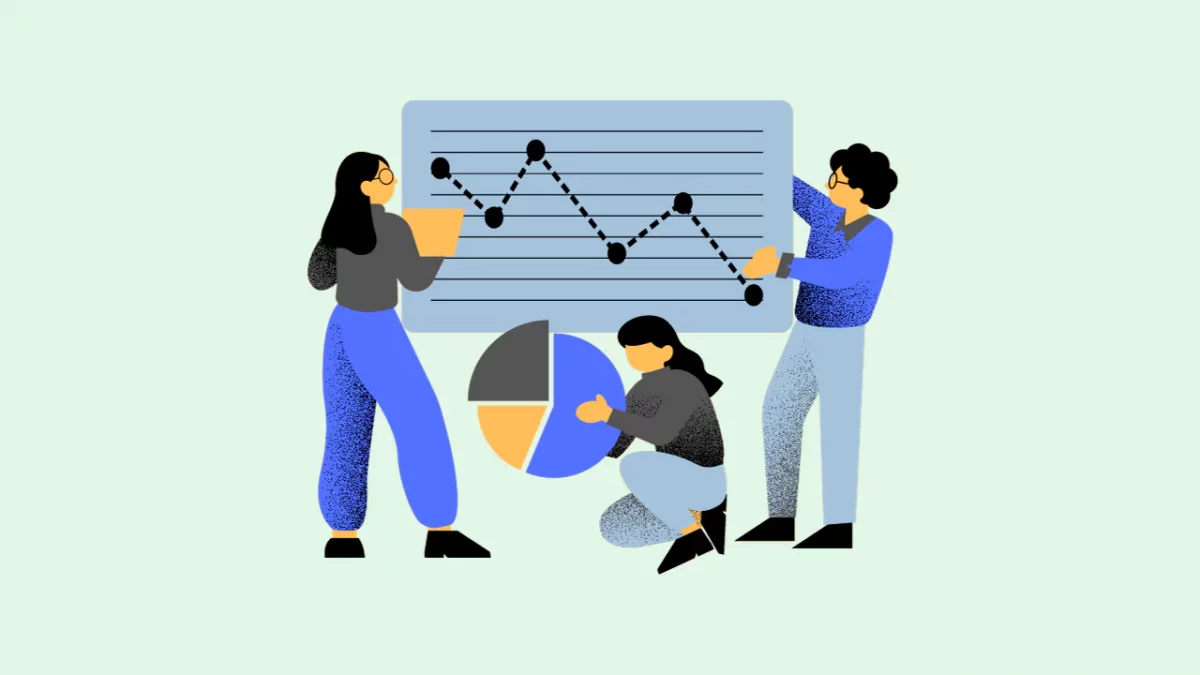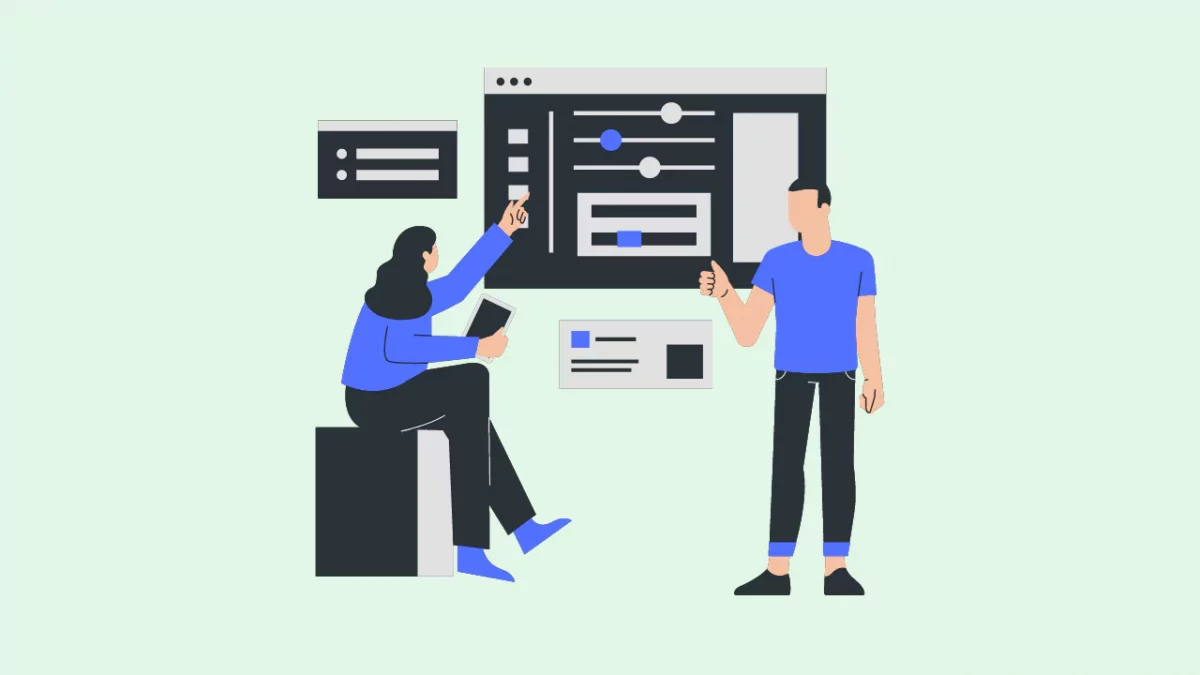
How Long Would It Take to Learn Data Science?
Apr 09, 2025 4 Min Read 14836 Views
(Last Updated)
Have you ever wondered how much time it takes to learn data science? It’s an exciting field that uses data to solve problems and make amazing discoveries. If you’re curious about data science and want to become an expert, you might be asking yourself, “How long does it really take to learn data science?” Well, don’t worry! We’ll explore the answer and help you understand what it takes to master this fascinating domain.
Data science is a mix of math, computer science, and other subjects that help us make sense of data. From predicting things to using AI, data science is changing the world. But let’s get back to our question – how long does it take to learn data science? The answer is different for everyone. It depends on what you already know, how hard you work, and what you want to achieve.
If you’re already familiar with things like programming and statistics, learning data science might be easier. But if you’re new to these topics, don’t worry! It might take a bit longer, but with effort and good resources, you can make progress. There are many online courses and communities that can help you on your journey.
Data science is always evolving, and you don’t become an expert overnight. Some people might learn the basics in a few months, while others might take longer to become experts. Remember, learning is a lifelong adventure, and it’s okay to take your time and enjoy the process.
In this blog, we’ll explore different factors that influence how long it takes to learn data science. We’ll provide simple tips and resources to help you get started on your data science adventure. So, let’s begin this exciting journey together!
Table of contents
- Becoming a Data Scientist in 3 Months - People Who Can Spend 30-40 Hours a Week
- Step 1: Lay the Foundation
- Step 2: Dive into Data Analysis and Visualization
- Step 3: Embrace Machine Learning
- Becoming a Data Scientist in 6 Months - People Who Can Spend 15-20 Hours a Week
- Step 1: Build Your Foundations
- Step 2: Dive into Data Analysis
- Step 3: Introduction to Machine Learning
- Becoming a Data Scientist in 9 Months - People Who Can Spend 10-15 Hours a Week
- Step 1: Lay the Groundwork
- Step 2: Master Data Analysis
- Step 3: Explore Machine Learning Basics
- Become a Data Scientist in Months: Conclusion
- Frequently Asked Questions
- How long does it take to become a data scientist?
- Do I need a background in programming or mathematics to start learning data science?
- What are the essential skills needed to become a data scientist?
- What resources are available to learn data science?
- How can I apply my data science skills in real-world projects?
Becoming a Data Scientist in 3 Months – People Who Can Spend 30-40 Hours a Week

The idea of mastering data science in just three months might seem daunting, but with dedication and the right resources, it’s possible. If you can commit 30-40 hours per week to learning, this accelerated path can lead you to the fascinating world of data science. Let’s dive in and discover the essential steps to becoming a data scientist in three months.
Step 1: Lay the Foundation
To embark on your data science journey, you need to establish a solid foundation. Start by understanding essential mathematical concepts like statistics and linear algebra. Familiarize yourself with programming languages such as Python or R, as they are fundamental tools for data analysis. Online platforms and tutorials can be your best friends during this stage, offering interactive lessons and practice exercises.
Step 2: Dive into Data Analysis and Visualization
As a data scientist, your primary task is to analyze and interpret data. In this step, delve into data analysis techniques using libraries like Pandas and NumPy in Python. Learn how to clean, manipulate, and visualize data to extract meaningful insights. Practice working with real datasets to gain hands-on experience and hone your skills.
Step 3: Embrace Machine Learning
Machine learning is a crucial aspect of data science, enabling computers to learn from data and make predictions. Dive into the world of machine learning algorithms, understanding their applications and limitations. Explore popular machine learning libraries such as Scikit-learn and TensorFlow. Engage in various projects that involve building predictive models and fine-tuning them to achieve accurate results.
Before we move into the next section, ensure you have a good grip on data science essentials like Python, MongoDB, Pandas, NumPy, Tableau & PowerBI Data Methods. If you are looking for a detailed course on Data Science, you can join GUVI’s Data Science Course with Placement Assistance. You’ll also learn about the trending tools and technologies and work on some real-time projects.
Additionally, if you want to explore Python through a self-paced course, try GUVI’s Python course.
Becoming a Data Scientist in 6 Months – People Who Can Spend 15-20 Hours a Week

If you’re eager to become a data scientist but have other commitments, dedicating 15-20 hours per week might be more realistic. Don’t worry; becoming a data scientist in six months is still achievable. Let’s explore the key steps to get you there.
Step 1: Build Your Foundations
Start by laying the groundwork for your data science journey. Familiarize yourself with essential math concepts, programming languages like Python or R, and data handling techniques. Online courses and tutorials can be valuable resources during this phase.
Step 2: Dive into Data Analysis
Aspiring data scientists must be proficient in data analysis. Use libraries like Pandas to manipulate and explore datasets. Develop skills in data visualization to present your findings effectively. Engage in practical projects that challenge your abilities and provide hands-on experience.
Step 3: Introduction to Machine Learning
While six months might not be sufficient to master all aspects of machine learning, you can gain a solid understanding of its principles. Explore supervised and unsupervised learning algorithms, their applications, and how to implement them in Python. Focus on building a few projects that showcase your newfound knowledge.
Becoming a Data Scientist in 9 Months – People Who Can Spend 10-15 Hours a Week

For those with limited time but a strong determination to become a data scientist, dedicating 10-15 hours per week is a feasible approach. In nine months, you can acquire the skills needed to step into the world of data science. Let’s chart the path to your data science journey.
Step 1: Lay the Groundwork
Begin by understanding the fundamentals of data science, including mathematics and programming. Take online courses and tutorials to grasp key concepts and develop a strong foundation.
Step 2: Master Data Analysis
Data analysis is the core of data science. Focus on understanding data manipulation, cleaning, and visualization. Practice with real datasets and solve data-related challenges to refine your analytical abilities.
Step 3: Explore Machine Learning Basics
While nine months may not be sufficient for an in-depth study of machine learning, you can grasp its basics. Learn about various algorithms, their applications, and how to implement them in Python. Engage in projects to apply machine learning techniques to real-world problems.
With dedication and consistency, you can progress towards becoming a proficient data scientist, regardless of the time you can dedicate each week. Remember, the journey may vary, but the destination is within your reach. Happy learning!
Kickstart your Data Science journey by enrolling in GUVI’s Data Science Course where you will master technologies like MongoDB, Tableau, PowerBI, Pandas, etc., and build interesting real-life projects.
Alternatively, if you would like to explore Python through a Self-paced course, try GUVI’s Python certification course.
Become a Data Scientist in Months: Conclusion
So there you have it – you can become a data scientist in just a few months! Whether you have three, six, or nine months, it’s all about setting achievable goals and staying committed to learning. Remember, this journey is about growth and exploration, not a race.
In three months, you can learn the basics and build a strong foundation. With six months, you can dive deeper and gain more expertise. And in nine months, you can have a comprehensive understanding of data science.
We would love to hear from you! Feel free to share your thoughts and experiences in the comments below. Are you aiming to become a data scientist in a specific timeframe? Do you have any tips or resources that have helped you along the way? Let’s inspire and support each other on this exciting data science adventure!
Always stay curious, keep exploring, and remember that learning is a lifelong journey. Embrace the endless possibilities of data science and turn your dreams into reality. Happy learning!
Frequently Asked Questions
The time required to become a data scientist varies depending on your prior knowledge and the amount of time you can dedicate each week. With full-time dedication (30-40 hours per week), you can aim to become proficient in three months, while part-time learners (15-20 hours per week) might take six months or more. Remember, it’s a continuous learning journey, and progress may vary for each individual.
While prior knowledge in programming and mathematics can be helpful, it’s not a prerequisite for starting your data science journey. Many online courses and tutorials cater to beginners, providing step-by-step guidance to build a strong foundation. As long as you are willing to learn and stay persistent, you can start your data science adventure regardless of your background.
Key skills for data scientists include programming (Python/R), statistics, data manipulation, data visualization, and machine learning. Additionally, problem-solving, critical thinking, and communication skills are vital to interpret and present data insights effectively. As you progress, you can also explore more specialized areas such as natural language processing and deep learning.
There is a wealth of resources available for learning data science, including online courses, tutorials, and interactive platforms. Websites like Coursera, Udemy, and DataCamp offer comprehensive data science courses. Additionally, communities like Kaggle and GitHub provide access to real-world projects and datasets for hands-on practice. Remember to explore different resources and find what works best for your learning style.
Practical projects are an essential part of becoming a proficient data scientist. Start by working on small projects using publicly available datasets. As you gain confidence, tackle more complex challenges and consider collaborating with others in the data science community. Sharing your projects on platforms like GitHub can showcase your skills to potential employers and expand your network within the data science field.























![Top 10 Mistakes to Avoid in Your Data Science Career [2025] 6 data science](https://www.guvi.in/blog/wp-content/uploads/2023/05/Beginner-mistakes-in-data-science-career.webp)

Did you enjoy this article?